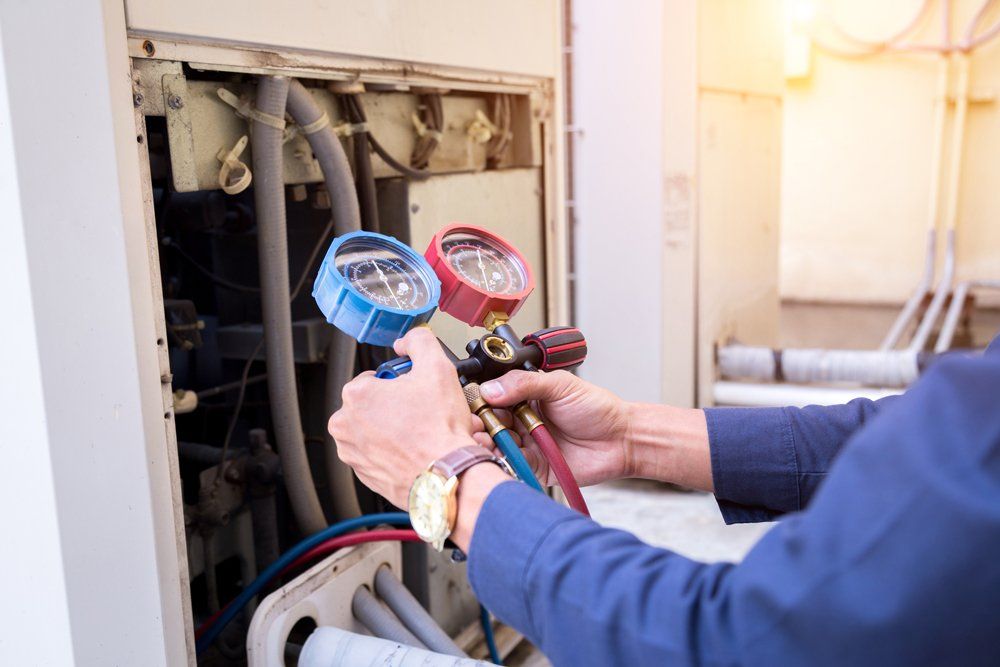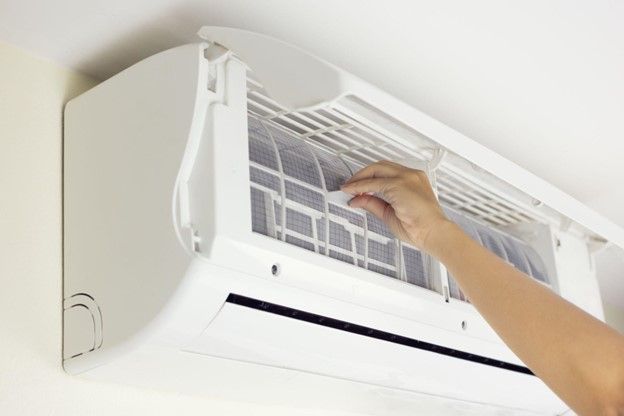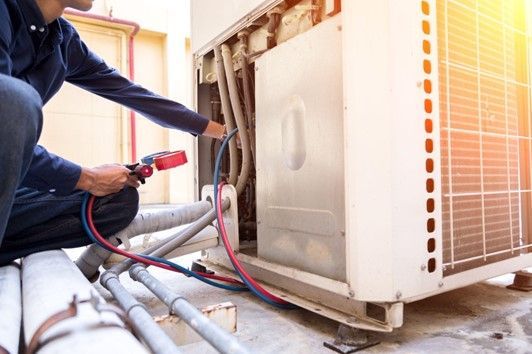Is It Worth Installing Heating and Cooling Ductwork?

Most homeowners don't put much thought into their HVAC system until something goes wrong. If your system has been acting up, and you believe it's time to upgrade, you may be wondering if you should bother with ductwork. If you would like to know more about whether or not ductwork is a good idea, keep reading.
Do You Have Any Existing Ductwork?
Forced-air heating and cooling is still one of the most desirable ways to heat and cool your home because these systems are effective at quickly regulating the temperature in the entire home.
A system does this by using a series of ducts to transport the heated or cooled air from the furnace or air-conditioner. The air is released into your living space via the various vents throughout your home. Bigger return vents take air back to the system to be re-cooled or re-heated.
Unfortunately, without ductwork, you can't use a forced-air HVAC system. Technicians can install additional ductwork, but if the home is particularly old, it may not even have space in the walls or ceiling to install ducts.
If you want a forced-air HVAC system, you can have it installed much more easily if you have existing ductwork. Even if your ductwork is old or you need to expand it to new rooms, you'll spend less than installing an entire new set of ducts.
If you have no ducts or can't install new ducts, a mini-split system may be a better choice. These use various wires and tubes to heat and cool the home, making them cheaper and less invasive to install.
How High Is Your Budget?
Ductwork can become expensive, and if you also need to purchase a new HVAC system at the same time, you may simply not have enough in your budget. Repairs to damaged ductwork may cost anywhere between $35 and $55 per liner foot (including materials and labor). If there are complications (no ducts or not enough room for ducts), expect the price to increase to about $5,000 to $15,000 or more.
Don't forget to include the cost of the new HVAC system when you budget. Also, consider the long-term costs of the HVAC system. Forced-air systems need a lot of maintenance (including maintaining ducts). If you neglect the system and ducts, it quickly becomes inefficient, wasting money every month.
If a forced-air HVAC system just isn't financially possible, the mini-split system may still be an option. Because there is less to install, these systems can be cheaper, costing closer to $2,000 to $5,000.
What's the Climate Like in Your Area?
If you live in an area with mild to moderate winters and summers, your options are much more open. This is because any HVAC system works better when it only has to change the temperature inside the house by 16 to 22 degrees Fahrenheit compared to what the temperature is outside. For example, if it's a 100 degree day, your HVAC system works best to cool the home to 78 degrees.
For this reason, if you live in a climate with severe summers or cold winters, you want an extremely effective system to keep you adequately cool or warm. Forced-air HVAC systems are one of the most effective, but only if you continue to maintain the system.
If your weather is mild or if you hardly need to use the HVAC system in every room, a mini-split system may be a good idea. With a mini-split system, you'll save money on usage costs, but you'll also be able to used zoned output to only heat or cool the rooms you need to.
Forced-air heating systems may be the most effective, but they can lose power when you don't maintain the ducts. If you would like to learn more about types of heating and cooling or which one is right for you, contact us at C.J. Services, Inc., today.



